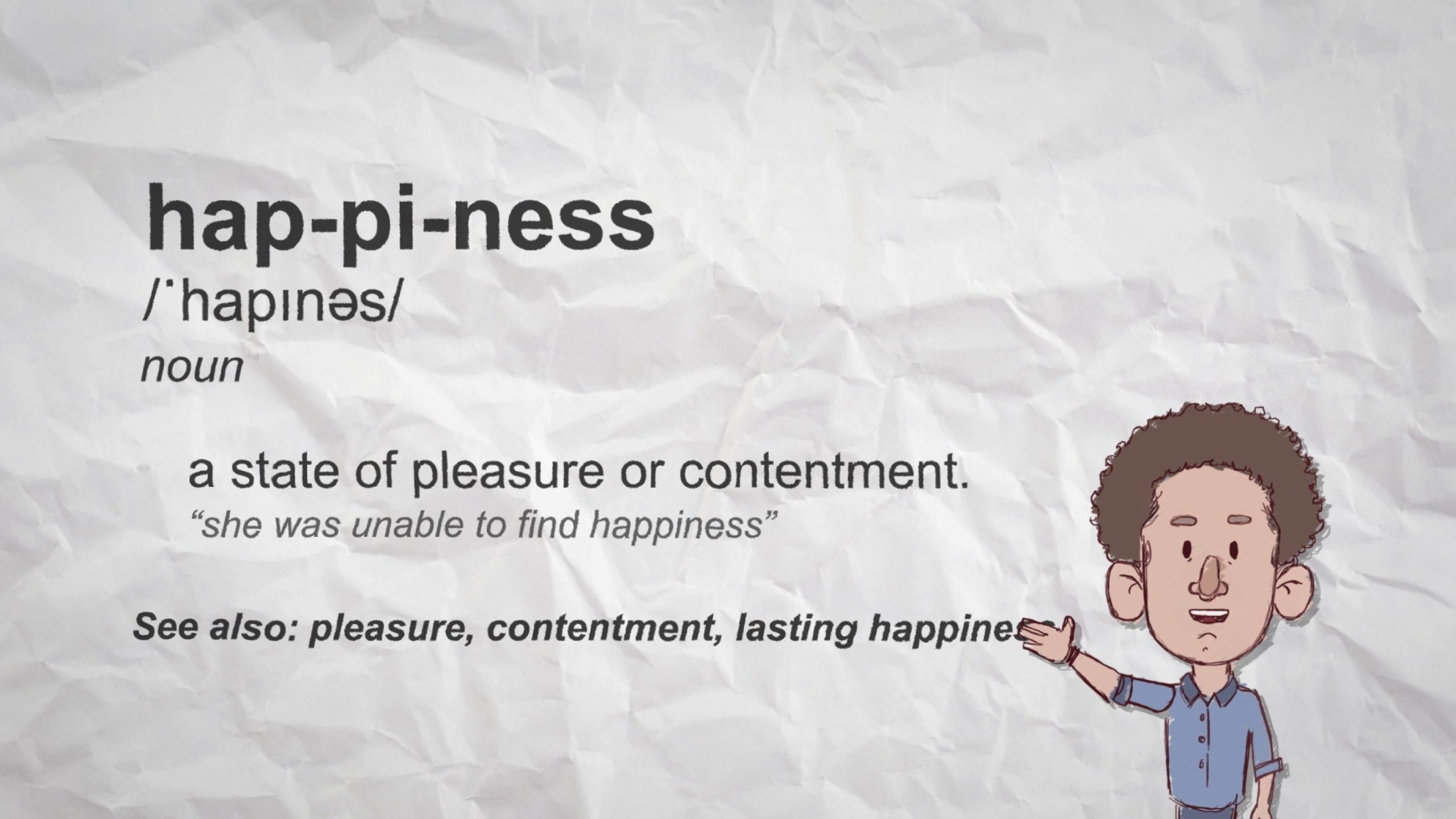Happiness is one of the most sought-after states of being, yet it often feels elusive or misunderstood. While many chase fleeting moments of pleasure or fall into the traps of common misconceptions, true happiness goes far deeper. It’s less about what you achieve or acquire and more about how you live and perceive your life. So, what is happiness really? Let’s unpack its true essence and how you can cultivate it.
Defining True Happiness
At its core, happiness is a state of well-being that encompasses two primary dimensions:
- Hedonic Happiness: This is the experience of pleasure, enjoyment, and short-term joy. It’s the kind of happiness you feel after a good meal, a fun outing with friends, or receiving good news.
- Eudaimonic Happiness: This is a deeper, more enduring form of happiness rooted in meaning and purpose. It comes from living a life aligned with your values, contributing to something greater than yourself, and experiencing personal growth.
True happiness strikes a balance between these two. It’s not just about feeling good in the moment but also about living a fulfilling, meaningful life.
What Happiness Is NOT
To understand what happiness is, it’s important to clarify what it’s not:
- Happiness is not constant joy: It’s unrealistic to expect to feel happy all the time. Happiness includes resilience during tough times and finding meaning in adversity.
- Happiness is not the absence of problems: Challenges and setbacks are part of life. True happiness involves navigating these with grace and maintaining a sense of hope and purpose.
- Happiness is not external: While external factors like relationships, career, and health contribute to happiness, it fundamentally stems from within. It’s shaped by your mindset, choices, and the way you respond to life.
The Science of True Happiness
Modern research sheds light on the components of genuine happiness. Psychologists and researchers, including Martin Seligman, often refer to the PERMA Model for understanding well-being:
- Positive Emotions: Cultivating feelings of joy, gratitude, and optimism. While fleeting, these moments are essential for overall happiness.
- Engagement: Immersing yourself in activities where you lose track of time, often referred to as “flow.” This happens when you’re fully absorbed in something you enjoy or find challenging in a rewarding way.
- Relationships: Building and maintaining strong, meaningful connections with others. Relationships are consistently linked to long-term happiness.
- Meaning: Pursuing a purpose that goes beyond yourself. This could involve work, volunteering, or nurturing your role in a family or community.
- Accomplishment: Setting and achieving goals, no matter how small, gives a sense of progress and satisfaction.
How to Cultivate Real Happiness
- Focus on Gratitude
Gratitude shifts your perspective from what you lack to what you have. Studies show that practicing gratitude enhances overall happiness and reduces stress. Try keeping a gratitude journal or reflecting on three things you’re thankful for each day.
Learn more about gratitude and happiness. - Build Meaningful Relationships
Invest time and energy in deep, authentic connections with family, friends, or your community. Prioritize quality over quantity—just a few meaningful relationships can profoundly impact your well-being. - Find Your Purpose
Explore activities and causes that resonate with you. Purpose doesn’t have to be grand; it could be as simple as being a supportive parent, helping others, or pursuing a passion project. - Embrace the Present Moment
Mindfulness practices, like meditation or simply being present in your daily activities, can reduce stress and help you appreciate life as it happens.
Explore mindfulness and happiness. - Prioritize Experiences Over Things
Research shows that experiences—like travel, learning, or spending time with loved ones—provide more lasting happiness than material possessions. Experiences create memories and connections, which are key to lasting joy. - Practice Self-Compassion
Treat yourself with kindness and understanding, especially when things go wrong. Self-compassion fosters resilience and emotional well-being.
Learn self-compassion practices.
The Role of Resilience in Happiness
Resilience, the ability to bounce back from challenges, is a cornerstone of true happiness. Life will inevitably present difficulties, but happiness isn’t about avoiding hardship—it’s about how you navigate it. Building resilience involves:
- Cultivating optimism
- Maintaining strong social support networks
- Focusing on solutions instead of dwelling on problems
- Accepting what you can’t control while taking proactive steps toward what you can
Happiness isn’t a fleeting emotion or a goal to chase; it’s a way of living. It’s about aligning your actions with your values, finding joy in the little things, and building resilience in the face of life’s inevitable challenges.
As you journey toward happiness, remember that it’s unique to you. Embrace what brings you joy and purpose, and let go of societal pressures or myths that suggest happiness looks a certain way. By focusing on what truly matters, you’ll discover a deeper, more enduring sense of well-being.

Leave a Reply